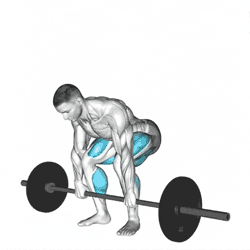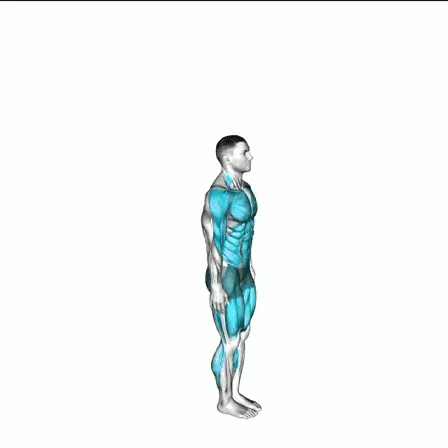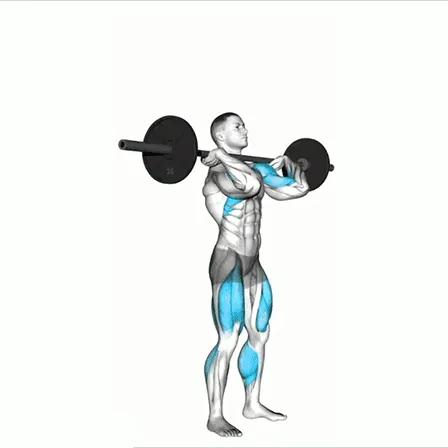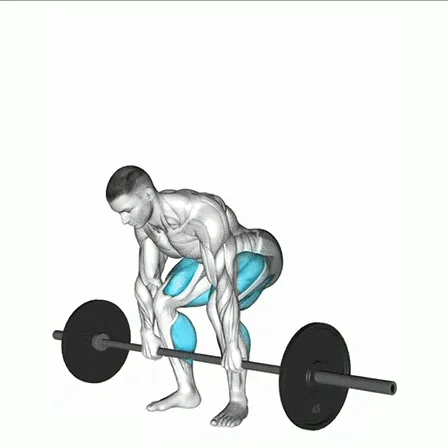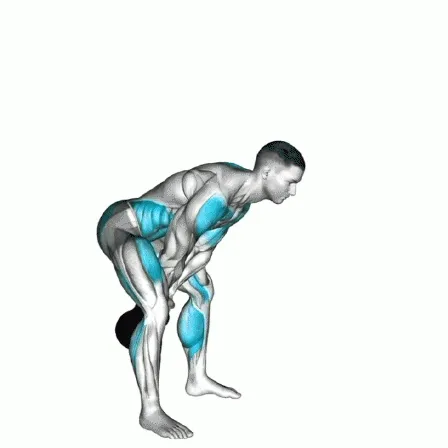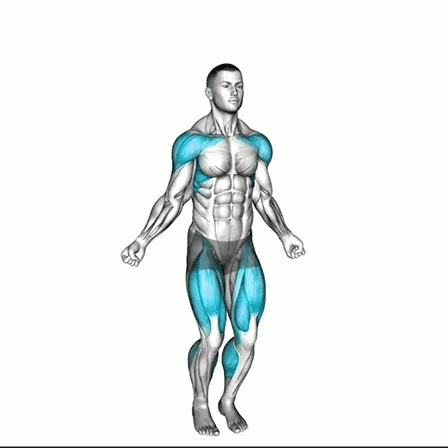Barbell Deadlift: Maximize Strength Safely
The barbell deadlift is one of the most effective strength-training exercises, targeting multiple major muscle groups in a single lift. Often called the “king of lifts,” it works the hamstrings, glutes, lower back, core, and grip strength while also challenging the upper body for stabilization.
When performed with proper form, the deadlift can help you build raw power, improve athletic performance, and strengthen your entire posterior chain. However, because it’s such a demanding movement, correct technique is essential to maximize benefits and avoid injury.
Step-by-Step Instructions for the Barbell Deadlift
1. Starting Position
-
Feet Placement: Stand with feet hip-width apart. The barbell should sit directly over the middle of your feet, close enough that your shins nearly touch the bar.
-
Grip: Bend at hips and knees, grasp the bar just outside your knees. Use either a double overhand grip (both palms facing you) or mixed grip (one palm facing you, one away).
-
Hip Hinge: Push hips back, keeping chest up and back flat or slightly arched. Avoid rounding your spine.
-
Shoulders & Chest: Shoulders should be slightly ahead of the bar, with chest lifted and spine neutral.
-
Eyes: Keep head neutral with gaze forward or slightly downward.
2. The Lift
-
Drive Through the Legs: Push firmly into the ground, extending hips and knees at the same time. Hips and chest should rise together—avoid jerking hips upward.
-
Keep the Bar Close: Bar should travel vertically in a straight line, staying as close to your body as possible.
-
Lockout: Stand tall at the top with shoulders back and hips fully extended. Avoid leaning backward.
-
Breathing: Exhale at the top, then reset your breath before lowering.
3. Lowering the Bar
-
Hips First: Initiate descent by pushing hips back.
-
Controlled Descent: Keep back straight and bar close as you lower.
-
Finish with Hips: After bar clears knees, hinge at hips until it reaches the floor.
Benefits of the Barbell Deadlift
-
Total-Body Strength: Works nearly every major muscle group.
-
Improved Grip Power: Strengthens forearms and hand grip for other lifts.
-
Posterior Chain Development: Builds hamstrings, glutes, and lower back.
-
Core Stability: Trains bracing and spinal alignment under heavy load.
-
Athletic Performance: Enhances sprinting, jumping, and overall power.
-
Functional Strength: Mimics everyday lifting patterns safely and effectively.
Tips for Safer and Stronger Deadlifts
-
Start with lighter weights to master form before adding load.
-
Use flat-soled shoes for maximum stability.
-
Train grip with farmer’s carries or towel deadlifts.
-
Always brace your core before lifting.
-
Focus on maintaining a neutral spine, especially when fatigued.
-
Adapt to WOD variations like sumo deadlifts or deficit deadlifts while preserving proper hip and spine mechanics.
Common Mistakes to Avoid
-
Rounding the back: Places excess strain on spine and discs.
-
Hips rising too fast: Turns the lift into a stiff-leg deadlift, risking injury.
-
Bar drifting forward: Increases lower-back stress and reduces efficiency.
-
Overextending at lockout: Leaning backward places stress on lumbar spine.
-
Incorrect footwear: Squishy running shoes reduce power and stability.
The barbell deadlift is a foundational movement for building strength, power, and resilience. By practicing proper form—hinging at the hips, keeping the bar close, and maintaining a strong core—you can safely progress to heavier weights while unlocking the full benefits of this lift.
Whether you’re a beginner starting with kettlebells or an advanced athlete pulling heavy barbells, the deadlift deserves a place in your training program. Focus on form first, then gradually increase intensity to maximize strength safely.
